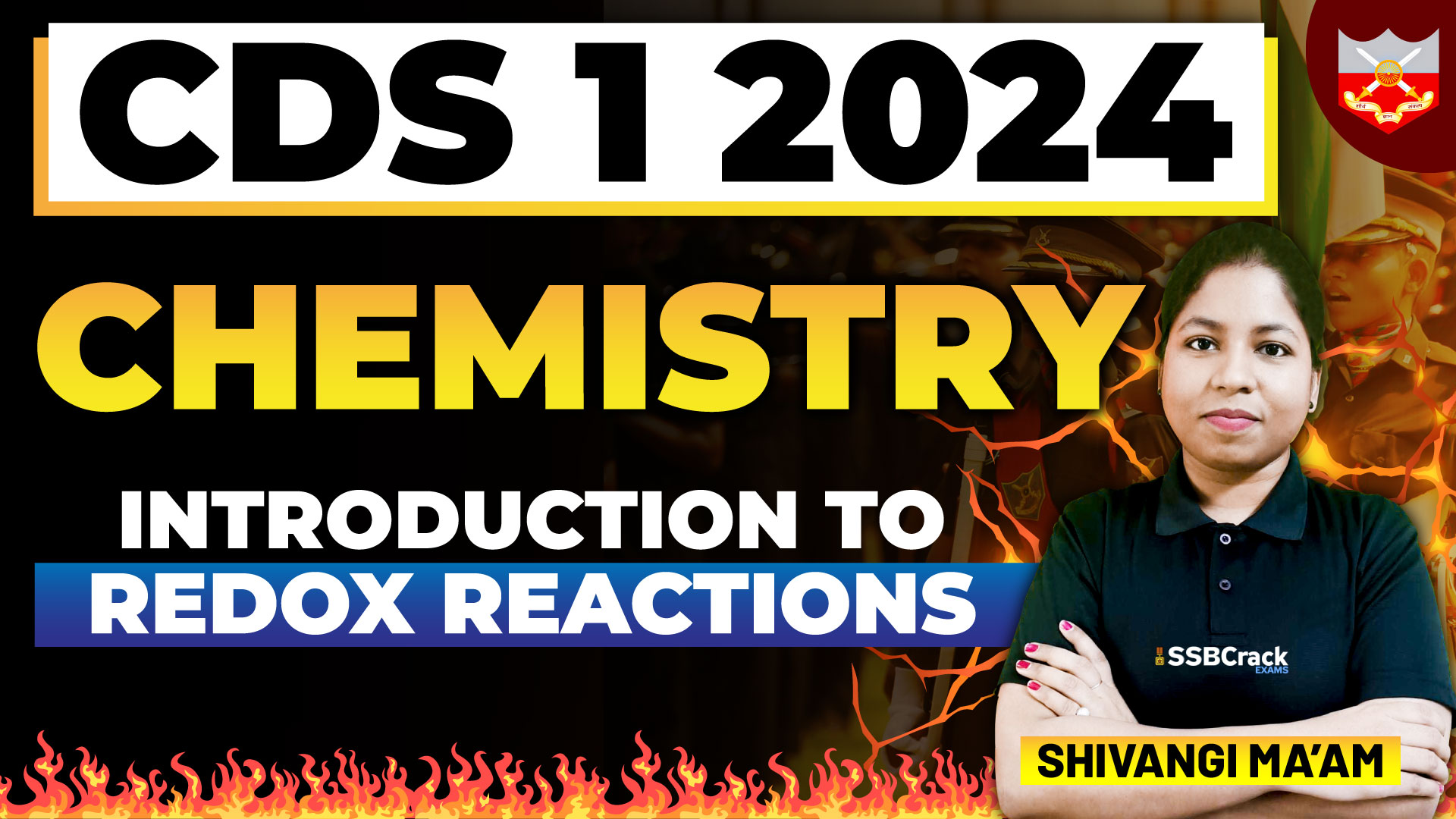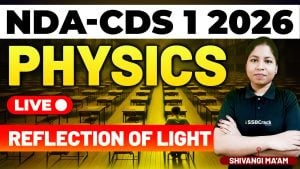The realm of chemistry is a captivating journey into understanding the intricate dance of atoms and molecules. Among the myriad of chemical reactions, redox reactions stand out for their fundamental importance and widespread occurrence in both natural and synthetic processes. In the CDS 1 2024 Chemistry Lecture, students were introduced to the fascinating world of redox reactions, unraveling the mysteries behind these transformative processes.
Understanding Redox Reactions: Redox reactions, short for reduction-oxidation reactions, are pivotal chemical transformations where electrons are transferred between reactants. This exchange of electrons leads to changes in the oxidation states of the elements involved. The term “oxidation” refers to the loss of electrons, while “reduction” involves the gain of electrons. It’s crucial to remember the mnemonic “LEO says GER” (Loss of Electrons is Oxidation; Gain of Electrons is Reduction) to grasp the essence of redox reactions.
Key Concepts Explored: The CDS 1 2024 Chemistry Lecture delved deep into several key concepts pertaining to redox reactions:
- Oxidizing Agents and Reducing Agents: Oxidizing agents are substances that gain electrons and are thereby reduced themselves, while reducing agents are substances that lose electrons and are oxidized in the process. Understanding the interplay between oxidizing and reducing agents is essential for predicting and balancing redox reactions.
- Oxidation States: The oxidation state of an element reflects its hypothetical charge if all its bonds were ionic. In redox reactions, changes in oxidation states signify electron transfer. Students learned how to assign oxidation states to elements in compounds and how to identify changes in oxidation states during reactions.
- Balancing Redox Equations: Balancing redox equations requires accounting for both mass conservation and charge balance. The lecture provided strategies such as the half-reaction method and the oxidation number method to systematically balance redox equations, empowering students to tackle complex chemical scenarios with confidence.
- Applications of Redox Reactions: Redox reactions find applications across diverse fields, including energy production, corrosion prevention, and biochemical processes. The lecture highlighted real-world examples, such as the rusting of iron, the operation of batteries, and the role of redox reactions in cellular respiration.
Engagement and Hands-On Learning: To reinforce theoretical concepts, the CDS 1 2024 Chemistry Lecture incorporated engaging demonstrations and interactive activities. Students participated in redox titrations, observing firsthand the color changes indicative of redox reactions. Additionally, they explored simulations illustrating electron transfer and oxidation state changes, fostering a deeper understanding of abstract concepts.
Conclusion: The CDS 1 2024 Chemistry Lecture on redox reactions provided students with a solid foundation in this fundamental aspect of chemistry. By elucidating the principles governing electron transfer and oxidation state changes, the lecture equipped students with the tools to decipher the complexities of redox chemistry and appreciate its significance in both natural phenomena and technological innovations. Armed with this knowledge, students are poised to embark on further explorations into the captivating realm of chemical reactions.


















